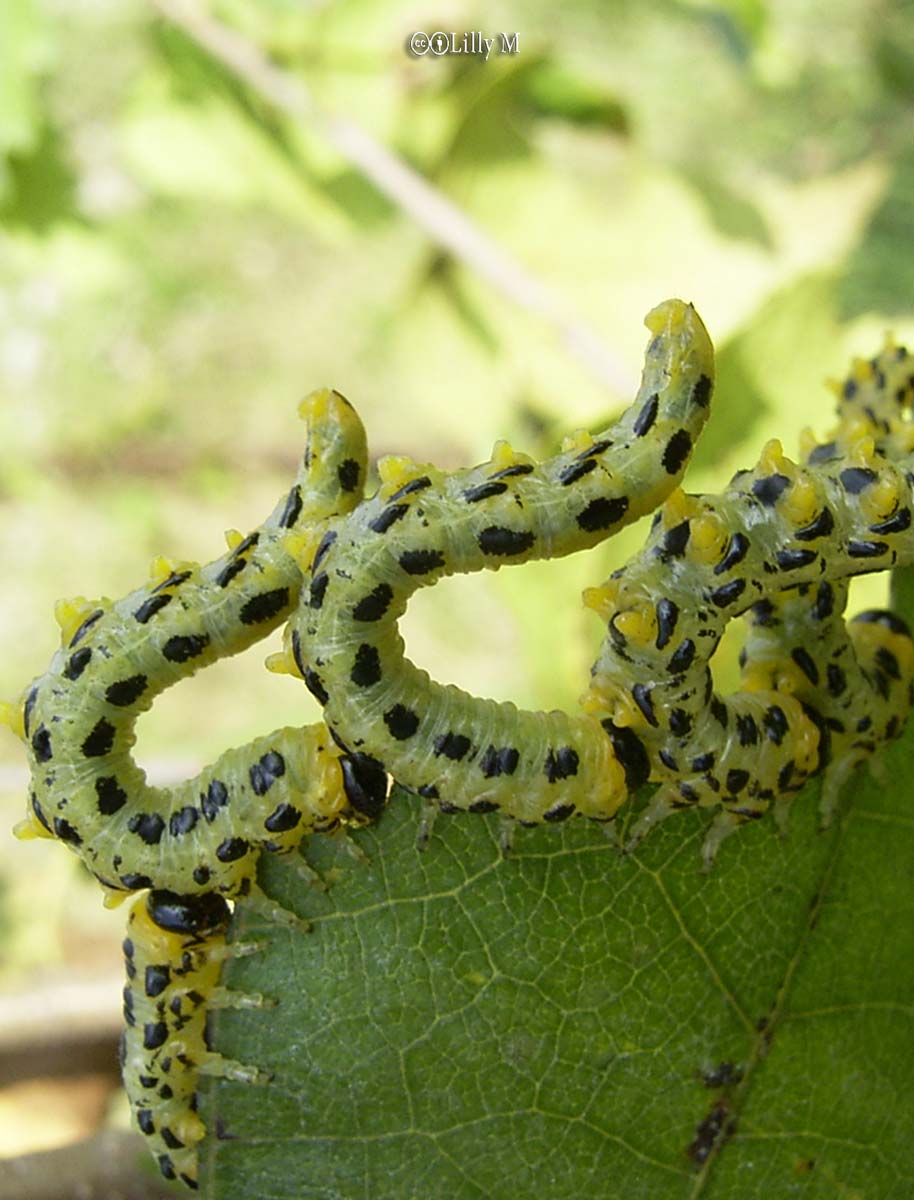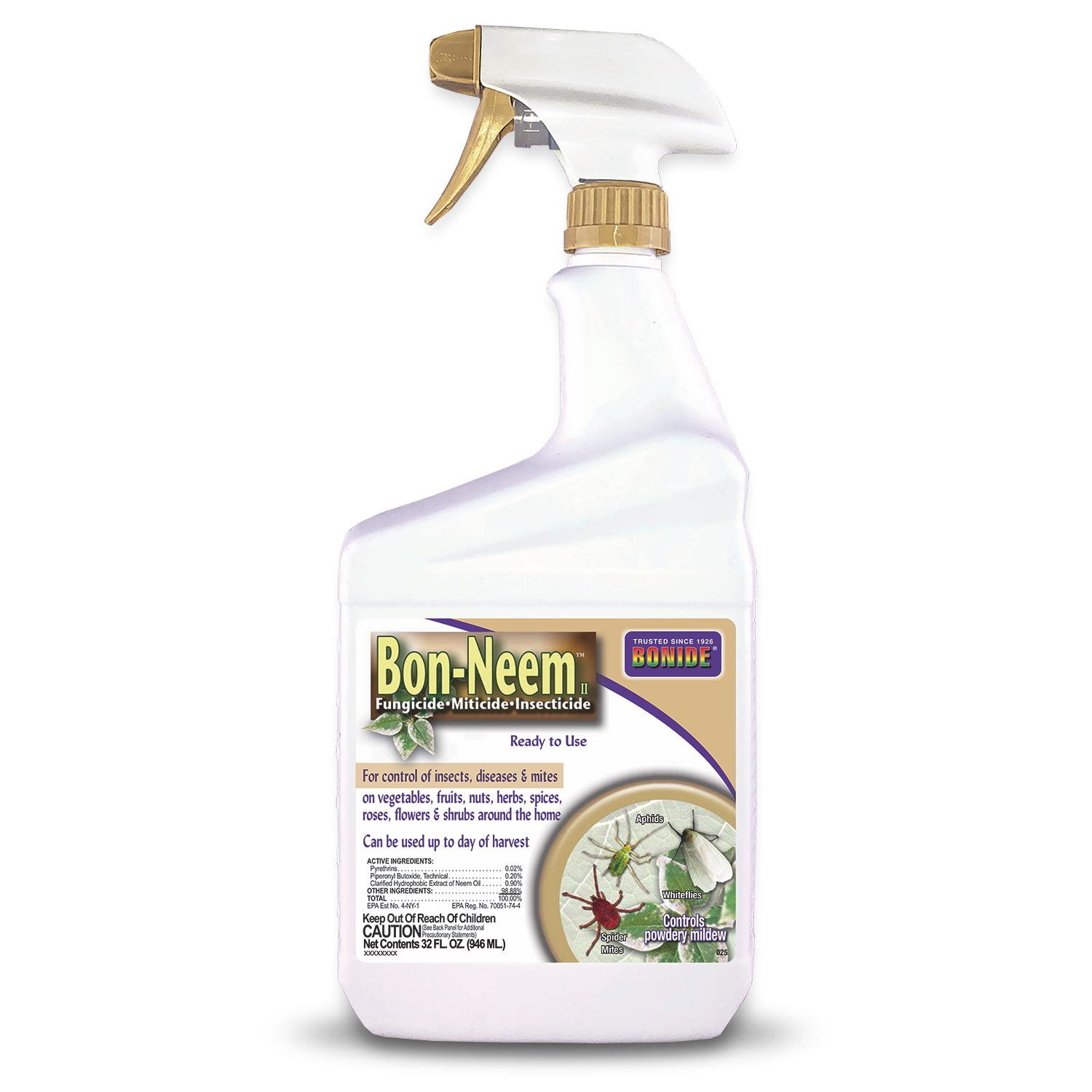
Unlike their bee and wasp relatives, sawflies are plant eaters, named for the way females use their egg-laying organs to saw slits in plants. Adult sawflies look like wasps, but they don’t have a constricted waist, nor do they sting. They don’t feed on plants, it’s the larvae that do the damage. The various sawfly species include the cherry sawfly, pear slug, rose slug, and European pine sawfly, each pest attacks a narrow range of hosts. Larvae of the ”slug” type do look like little slugs, complete with slime coating; other types resemble multi-legged caterpillars.
Target: Many trees and shrubs.
Damage: Developing fruit is tunneled. Foliage is skeletonized—young leaves first, then older ones. Defoliated confers may die.
Life cycle: Sawflies lay eggs in slits they cut in plants. After hatching, the larvae feed for several weeks, then pupate in the soil. The number of generations per year depends on the species.
Notes: Some species of sawflies-ear slugs, for example, seldom cause serious damage.














